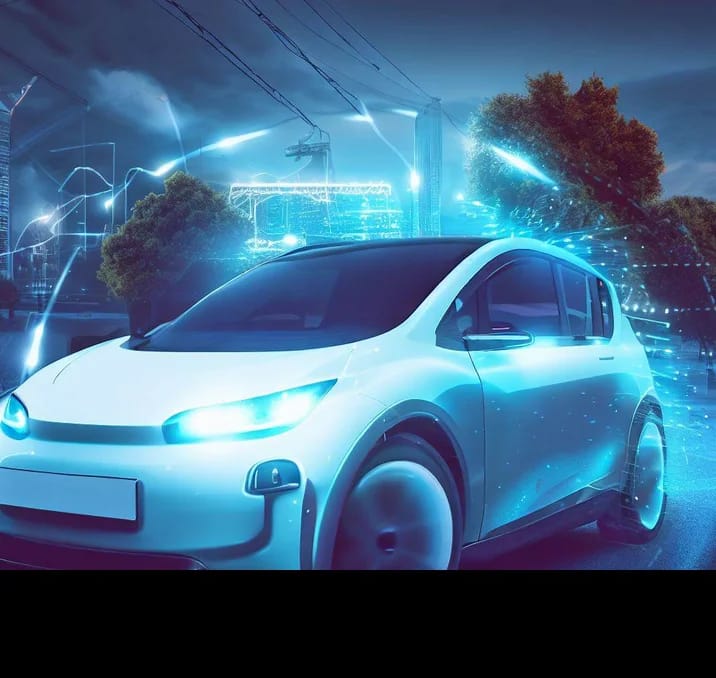The transition to electric vehicles (EVs) is accelerating globally, with consumers and businesses rapidly adopting zero-emission cars, trucks, and buses. Along with EVs comes the need for convenient and readily available public EV charging infrastructure. Charging network providers have an enormous opportunity over the next decade to meet this demand and play a leading role in enabling sustainable transportation.
However, building out and operating a profitable EV charging business presents myriad financial and operational challenges. With judicious planning and smart management, EV charging providers can minimize expenditures and maximize revenue potential. This article explores key strategies for EV charging operators to reduce operating costs (OPEX) as well as upfront capital costs (CAPEX) associated with installing charging equipment and networks.
A primary component of OPEX is the cost of operating and maintaining an EV charging network. Effective management of charger uptime and energy consumption offer two major ways EV charging providers can restrain OPEX.

Revenue generation requires keeping chargers available and operating reliably. But chargers inevitably suffer outages due to technical malfunctions, network communication issues, vandalism, extreme weather, and more. The faster an operator can detect and resolve problems, the lower the OPEX.
Modern EV charging management software continuously monitors charger status and network communication to promptly identify operational issues. Advanced systems use automated algorithms and self-healing capabilities to remotely fix many problems without requiring a costly truck rollout. By enabling proactive and rapid fault rectification, EV charging management software significantly improves uptime and availability across the charging network.
With such sophisticated automation, EV charging management platforms can resolve up to 80% of charger problems without any human intervention. By minimizing downtime and truck rolls, an operator slashes technician labor costs as well as lost revenue from out of service chargers.
Energy is typically the largest operating cost for any EV charging business. Intelligently managing when and how EVs charge provides tremendous opportunity to reduce electricity costs.
Simple time-based charging when prices are lowest is one basic energy management approach. However, advanced solutions provide greater savings by dynamically optimizing charging in real-time based on sophisticated algorithms. Key energy management capabilities include:
By actively managing EV charging to minimize peak load, an operator can literally cut their electricity costs in half. What’s more, intelligent charging prevents blackouts and avoids costly grid upgrades.

Beyond energy optimization, onsite solar and energy storage offer carbon-free generation and additional energy cost savings:
Though solar and batteries require upfront investment, EV operators can access government subsidies and programs to offset much of the CAPEX while sustaining OPEX savings.
For EV charging providers, a major pain point is the capital needed to build out charging infrastructure. Just installing wall chargers at a few locations can cost tens or hundreds of thousands of dollars. But expanding fast charging networks with high-power DC fast chargers (DCFCs) easily runs into the millions.
Fortunately, various financing strategies and government programs provide ways to defray these capital costs:
At the federal level, the U.S. Alternative Fuel Infrastructure Tax Credit offers a 30% credit (up to $100,000) for installing EV charging stations. Many U.S. states augment this with additional incentives, rebates, and grants for public or workplace EV charging through programs like California’s CALeVIP. Local utility providers often offer rebates to support EV charging infrastructure as well.
The National Electric Vehicle Infrastructure (NEVI) program allocates $5 billion to states to build out DC fast charging networks. States like New York and Texas have already started rolling out NEVI funded EV charging sites. Leveraging these funds can pay for up to 80% of DCFC installations.

Rather than purchasing and operating chargers outright, EV charging networks can use a host ownership model. Under this model, the host (e.g. a retail store) pays for the EVSE hardware while the operator manages the charging infrastructure. This shifts CAPEX to property hosts that benefit from EV drivers charging onsite.
No matter the financing strategies used, it is essential to maximize utilization of EV chargers to drive return on investment. Advanced load management ensures high asset utilization while preventing grid upgrade costs that erase any upfront savings.
With transportation rapidly electrifying, EV charging operators have an opportunity to enable sustainable mobility while building a thriving business. But minimizing CAPEX and OPEX is imperative.
Read More:A Complete Guide of EV Charging Load Management
On the OPEX side, advanced EV charging management software and smart energy management drive major cost reductions. Proactive monitoring, automated issue resolution, and optimized charging slash technician labor and energy costs.
For CAPEX, a combination of utility incentives, government tax credits and rebates, and creative financing models help overcome the steep upfront costs of EV charging hardware and installation.
No matter what strategies an EV charging provider pursues, the underlying technology capabilities are critical. Solutions provide the intelligence to maximize charger uptime, optimize energy use, and ensure high asset utilization across an EV charging network. With the right tools, any business can operate EV charging profitably and sustainably.